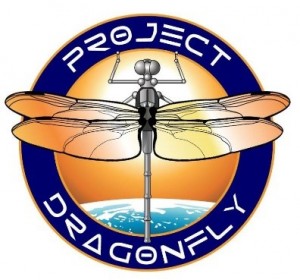 A team of space engineers are collaborating in an interesting study to find solutions for methods to explore the Centauri star system. The Centauri star system is 4.3 lightyears away from Earth, and the challenge lies in sending a spacecraft which has to travel through the interstellar medium, survive the long journey and then explore the new star.
A team of space engineers are collaborating in an interesting study to find solutions for methods to explore the Centauri star system. The Centauri star system is 4.3 lightyears away from Earth, and the challenge lies in sending a spacecraft which has to travel through the interstellar medium, survive the long journey and then explore the new star.
Project Dragonfly is a challenge to find out the feasibility of an interstellar mission using current or near future technology. The spacecraft has to be primarily propelled by laser sails, and be capable of reaching the target within a century, thus providing us with scientific data which will improve our understanding of the neighbouring star system.
5 universities from across the globe are participating in the project: Cairo University, Technical University of Munich, University of California Santa Barbara, Cranfield University and Toronto University.
Team CranSEDS, a group of students from Cranfield University-UK, Skoltech-Russia, and Paul Sabatier-France, have been competing in Project Dragonfly since October 2014.
The Team has been working on each of the critical spacecraft subsystems including communication, laser sail design, mission design, and deceleration. The results of this work would act as a seed for future interstellar mission.
The project is currently looking for funding to support students taking part in the competition, via the Kickstarter campaign. You can also read more about the project on the Initiative for Interstellar Studies page.
Article submitted by Manisha Kushwaha, Projects Officer for CranSEDS.
If you’d like a project you’re involved in featured on the website, get in touch with [email protected].
Proud corporate partners with



1 Comment
Lee Jerome Avery Baker · 18th September 2017 at 3:18 pm
Am working on conceptualizing a mechanism for the Woodward Drive using Brandenburg’s “GEM” theory for gravito-electro-magnetics. The idea of the black hole drive has always been, sort of, percolating and brimming on the back-burner of my mind. And very gratified that you’re putting it forward here.